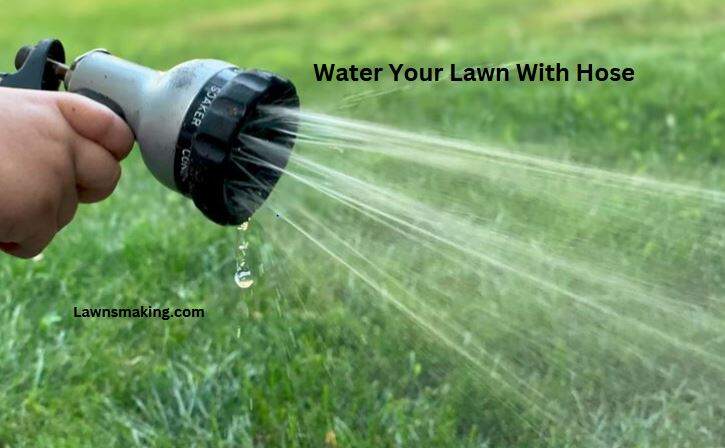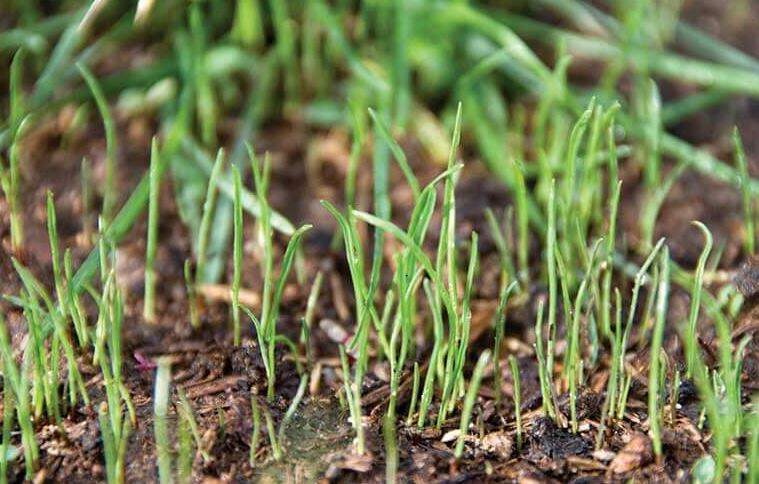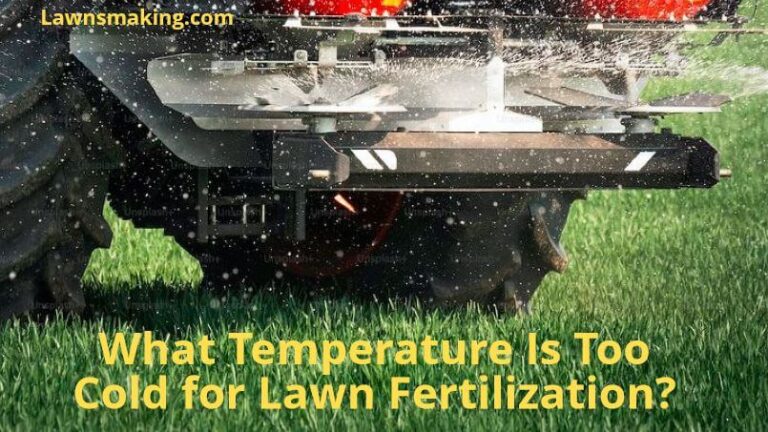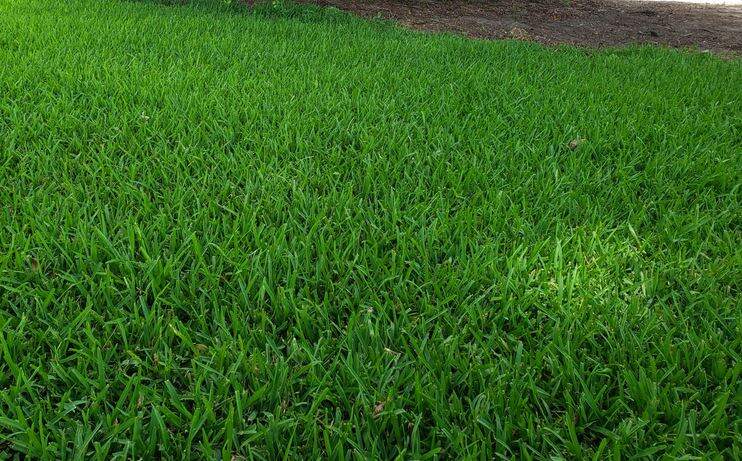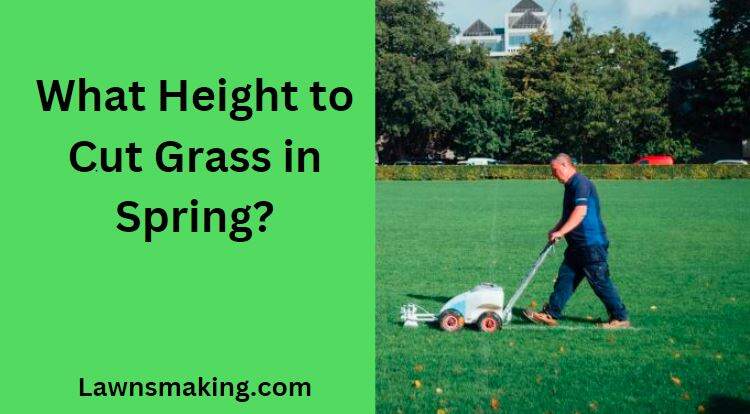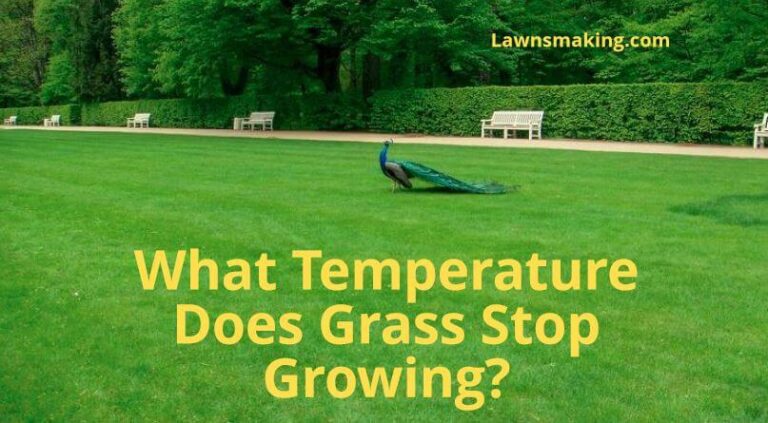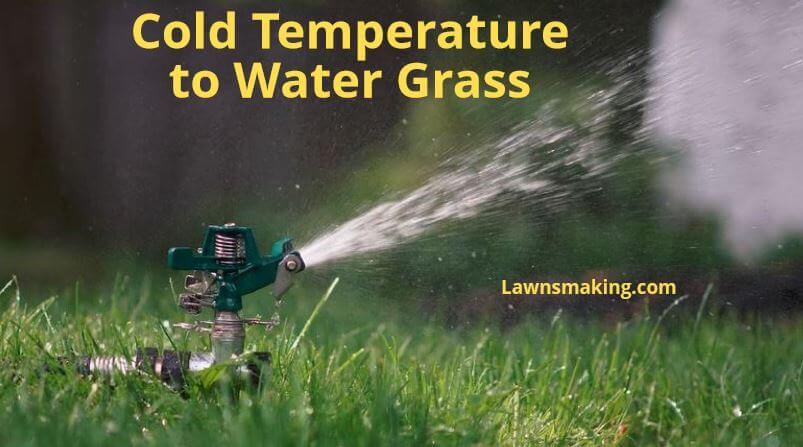
The needs of your grass change as the seasons change. Discovering the ideal temperature for watering your lawn is vital in maintaining it in top condition. So, you are in the right place if you have this question on your mind, “What temperature is too cold to water grass?”
You should not water your grass when the temperature falls below 40°F (4.44°C) as this is too cold. Watering grass during freezing conditions can result in the formation of ice on grass blades, and this can impede their growth or permanently damage them.
Stick around as I explore the considerations you must make to maintain a healthy and beautiful lawn. Here, you will learn everything from grass cold tolerance to expert insights on winter lawn watering.
What Should I Know About Grass Cold Tolerance?
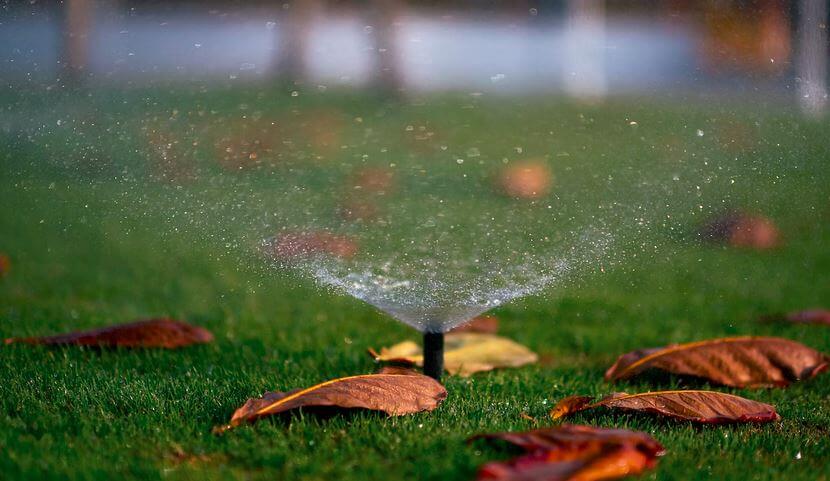
As a homeowner or landscaper, it will be best to understand grass cold tolerance, primarily if you reside in regions that experience cold winters, or fancy maintaining a vibrant and lush lawn.
Moreover, the vitality of your lawn is pegged on whether your grass can cope, withstand, and recover from chilly temperatures.
Here are two reasons why comprehending grass cold tolerance is essential.
To begin, different grass species have varying traits, which explains why there are fluctuations in cold tolerance levels among grass species.
The Kentucky Bluegrass and Ryegrass are examples of cool-season grasses that can cope with frost and freezing temperatures.
Alternatively, grasses like the Bermuda and Zoysia don’t thrive in freezing temperatures since they are less cold-tolerant.
Fortunately, understanding grass cold tolerance will help you tailor your lawn’s care practices.
Additionally, it is crucial to understand the ideal temperature range for optimal grass growth.
Different grass types flourish under specific temperature preferences.
Cool-season grasses tend to thrive within the 15°C to 24°C temperature spectrum, while warm-season grasses do well in temperatures ranging between 27°C to 35°C.
A significant deviation from the above-recommended temperature ranges can result in hampered growth, stressed grass, and irreversible damage.
So, it will help to stick within optimum temperature boundaries to foster healthy and robust grass growth.
How Can I Protect My Lawn During Winter?
Winter grass care encompasses vital lawn care essentials to help protect your lawn during colder months.
Here are key considerations to guarantee your lawn remains resilient and healthy throughout winter:
- Clear away debris: Before the onset of winter, diligently remove sticks, fallen leaves, and other debris from your lawn to prevent grass suffocation and avoid fungal issues.
- Prioritize soil aeration: Late fall and early winter are the best times to prioritize soil aeration. The practice will help you alleviate soil compaction while enhancing oxygen exchange, which results in robust root health.
- Consider overseeding: You can opt to overseed your lawn with cold-tolerant grass species if it exhibits thin or bare patches. You should do this before winter’s onset since overseeding can help you ensure even grass coverage.
- Rake snow piles: Gently shovel or rake snow piles that accumulate on your lawn following heavy snowfalls. With this proactive approach, you can mitigate the risk of grass damage that results from snow mold.
- Avoid heavy equipment. Grass tends to be fragile during winter. Therefore, it will help to avoid using heavy equipment like snow plows on your lawn, especially if you want to preserve your lawn’s integrity.
What Temperature Is Too Cold to Water Grass? Exploring the Impact of Cold Water on Grass
Watering is a vital practice that will help you maintain a healthy lawn.
Nevertheless, the temperature of the water you use can affect your grass’s health, which is why you should consider, “What Temperature Is Too Cold to Water Grass,” especially during cold seasons.
Read on to explore the effects of cold water on your green buddies.
Using cold water on grass during cold weather can result in adverse outcomes. First, the cold water can shock and harm the grass—just as exposure to extreme and sudden temperature fluctuations.
Moreover, the application of cold water might make already cold-stressed grass susceptible to further stress and damage.
The risk of freezing is one of the immediate effects of using cold water on grass, especially in winter weather.
Ice crystals tend to form on grass blades after cold water comes into contact with grass blades and the surrounding soil.
Besides inflicting harm to delicate cellular structures within the grass, the freezing process can also result in severe tissue injury and browning.
Furthermore, extended exposure to cold water in freezing weather can exacerbate growth issues in grass.
When Should I Avoid Watering My Lawn in Cold Conditions?
Cold water stress can threaten your lawn, and it arises from the intersection of freezing temperatures and improper watering practices.
To protect your grass from this stress, it is vital to understand when to hold off watering, especially in cold conditions.
Here’s an exploration of when to avoid watering to avert cold water stress:
During Frost and Freezing Temperatures
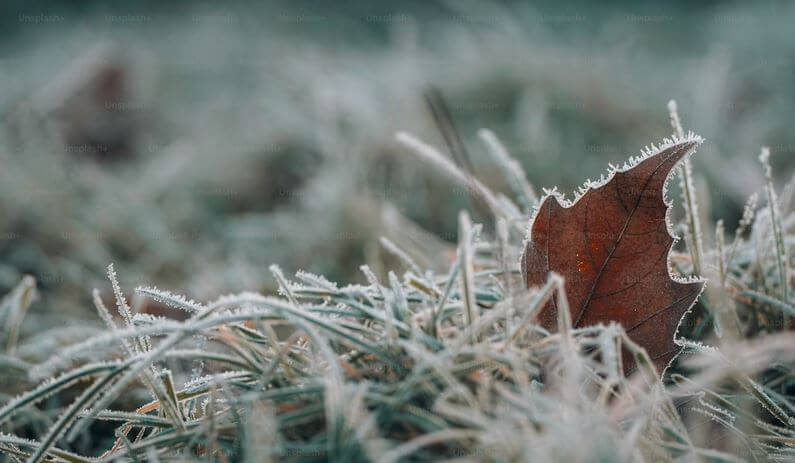
It will help to withhold watering when expecting or during the onset of frost or freezing temperatures. Generally, freezing temperatures refer to when the thermometer reading drops below 32°F or when frost forms on the ground and plant.
The combination of cold water with freezing conditions can result in the formation of ice crystals in the soil and on grass blades—leading to browning and cellular damage.
When the Soil Is Already Saturated
Steer clear of watering your lawn if the soil is already saturated due to irrigation or prior rainfall.
Excessively saturated soil can hamper oxygen exchange in the root zone while also establishing unfavorable conditions for grass growth, more so in cold weather.
You can assess soil saturation by pressing a screwdriver or wooden stick into your lawn. If the soil is saturated you will encounter easy penetration and the soil will feel moist to the touch. The presence of puddles and standing water also signals excess moisture in the soil.
Throughout the Grass’s Dormant Phase
During winter, cool-season grasses often enter a dormant phase characterized by the ceasing of active growth and the turning brown of leaf blades.
Note that the grass’s water requirements are minimal during this period, thus overwatering can be counterproductive.
Therefore, it will be best if you reserve your watering efforts for when the grass is actively growing and needs moisture, as follows:
- Warm-season grass undergoes active growth in late spring and early summer. This is when temperatures are over 75°F (23.89°C) but below 90°F (32.22°C).
- Cool-season grass undergoes active growth in fall and spring. This is when temperatures are over 60°F (15.56°C) but under 75°F (23.89°C).
What Are the Best Practices for Winter Watering? Winter Watering Wisdom
“Winter Watering Wisdom” is a set of effective practices and strategies for lawn care during cold spells.
While the thought of watering grass in winter might seem unconventional, there are circumstances where it is necessary for your grass’s well-being.
- Reduced frequency: Grass requires less water in winter compared to warm seasons. Therefore, reduce the watering frequency to reduce the risk of frost damage and soil oversaturation.
- Timing matters: Watering your lawn during the warmest part of your day gives the grass time to absorb moisture before the temperature drops in the evening.
- Avoid frozen ground: Avoid watering when the ground is frozen as the water won’t be absorbed by the grass. Instead, it can turn into ice.
- Be mindful of snow cover: Watering your lawn is unnecessary if there is snow cover. Remember that the snow will offer insulation and moisture as it melts.
- Use a moisture meter: Use a moisture meter to determine whether your lawn needs water. The tool will help you make informed decisions on when and where to water.
Case Studies: Lawn Outcomes in Cold Watering Scenarios
Many people believe winter watering is not necessary once plants like grass enter their dormancy period. However, this is far from the truth, particularly during dry winters. Consequently, it will help to have a lawn watering routine if you wish to see your grass thrive after winters characterized by inadequate precipitation—whether snow or rain.
The best time for winter watering is during the daytime when the temperature is at least 40°F (4.44°C).
Also, remember that winter watering is only necessary 1-2 times monthly until spring’s onset. Avoid overwatering during winter to protect your grass from root injury and bacterial growth.
What Tools Can I Use to Monitor Lawn Temperatures?
Monitoring lawn temperatures is crucial for making informed decisions about lawn care, especially during periods of extreme heat or cold.
Here are tools you can use for this purpose:
- Soil thermometers: Designed to measure soil temperatures at varying depths, soil thermometers can help you know the ideal times for planting, watering, and fertilizing.
- Digital thermometers: Digital thermometers with probes will give you accurate soil and air temperature readings. These handheld devices come in handy when you need quick access to temperature data.
- Infrared thermometers: With infrared thermometers, you can quickly assess the surface temperature of your lawn in different areas.
- Smartphone apps: iOS and Android running devices have numerous apps for weather monitoring. You can use these apps to find real-time temperature data for your location, especially if you want a degree of convenience when monitoring lawn temperatures.
- Wi-Fi-enabled sensors: Designed to monitor soil and environmental conditions, Wi-Fi-enabled sensors can transmit real-time temperature data to an app on your mobile device or web portal, allowing you to track your lawn’s temperature while on the go.
What Advice Do Horticulturalists Offer for Winter Lawn Care? Expert Insights
With proper watering, your lawn can overcome the cold snap, even during harsh winter temperatures.
Remember your grass can seem dead and watering the lawn will prevent it from drying out since its roots are still alive.
Moreover, winter watering will help your grass get enough water for hydration and insulation. Lastly, only water your lawn earlier in the day to increase the chances of water absorption.
Key Takeaways
In the pursuit of a lush, vibrant, and resilient lawn, homeowners and landscapers need to understand the delicate balance between temperature and winter watering practices.
As the seasons change, you will need to adapt to your lawn’s changing needs as this will safeguard its health, especially during winter’s freezing conditions. Now that you have an answer to the question, “What Temperature Is Too Cold to Water Grass?”, it is important to note that the best practices for lawn watering in winter are subject to change depending on your specific climate and grass type.
